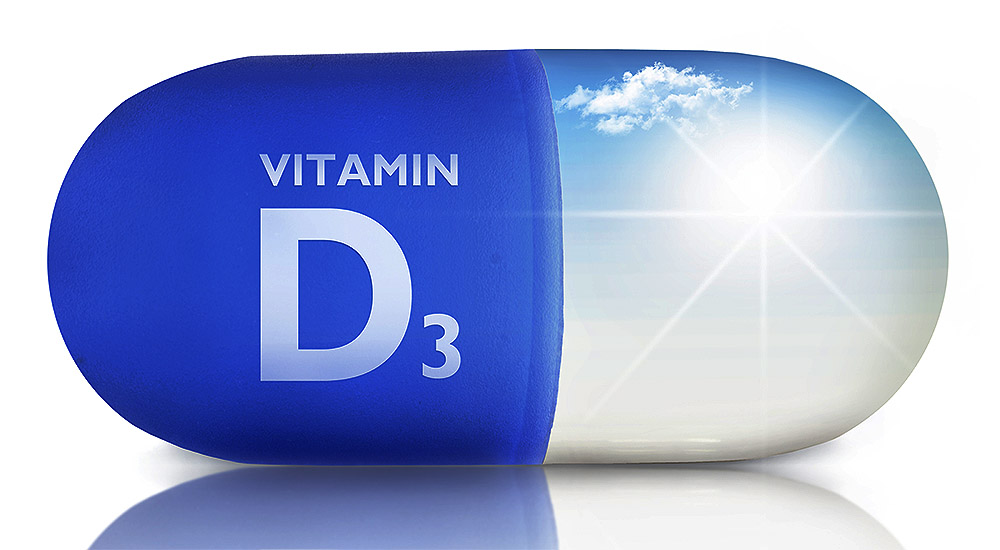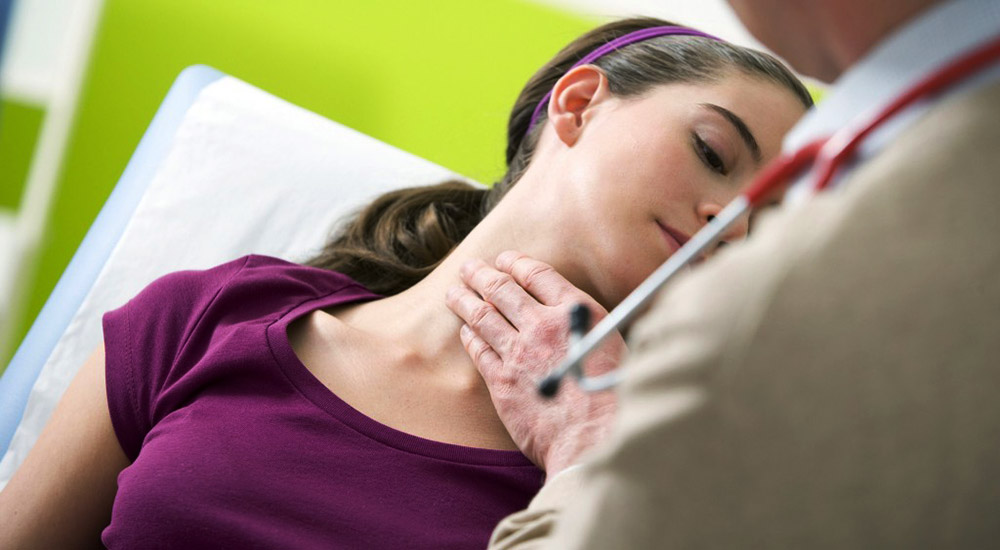Vaginal Infections, What Can You Do?

You pap comes back abnormal, now what?
It can be scary when your doctor calls you after a pap smear. You know that no news is good news, therefore a call definitely means something is amiss.
The reason I’m writing this blog is because I want to discuss the best treatment for a variety of common conditions.
I find that gynecologists are very quick to give antibiotics, and that may not be the correct approach; in fact, it may create more problems for you long-term.
Let’s evaluate the following:
- Your results
- What they mean
- The actions you should take
What are your results?
The abnormal results I want to discuss here revolve around bacteria and yeast-related infections.
If your test comes back positive for HPV, please consider reading this blog and watching these videos. I think you’ll get a lot out of the data.
You may receive a diagnosis of bacterial vaginosis, ureaplasma or Candida, yeast overgrowth, to name a few. The first two are bacteria, the last is of course yeast, and yes, you can have more than one kind of infection at a given time. This is another reason jumping into taking an antibiotic may be a bad idea.
What do they mean?
Symptoms can be confusing because different infections can have the same symptoms, or no symptoms can be present at all and the infection is found during your regular pap.
You can have a vaginal discharge that indicates an infection, or a vaginal discharge that means nothing. It’s completely normal to have some vaginal discharge; it can be clear or a little cloudy. The discharge is part of the self-cleansing of your vagina. It can change thickness, being watery at certain times of the month and thicker at others, again that’s all normal.
But a normal discharge doesn’t smell, nor does it itch. When your discharge burns, itches, makes you feel irritated, has a noticeable odor, or is uncomfortable during intercourse, it’s not normal.
It’s always best to consult your gynecologist and discover the truth about any inhospitable organisms that may be present, but once diagnosed, we’re going to discuss treatment options that will most benefit your health, rather than a short-term “band-aid” leading to long-term misery.
Bacterial Vaginosis
Bacterial vaginosis is a type of vaginitis, an infection that causes inflammation of the vagina. When the bacteria of your vagina becomes imbalanced, bacterial vaginosis can be the result.
You may notice a white or grayish discharge and a fishy smell. There may be an itch, but not always.
When you test positive for bacterial vaginosis your doctor will likely suggest a course of metronidazole (Flagyl) or clindamycin (Cleocin) in an oral dose or vaginal suppositories.
Ureaplasma
Ureaplasma is created by a colony of bacteria and can lead to bacterial vaginosis, which is why finding them at the same time isn’t unusual. There is some thought that ureaplasma can be linked to pregnancy complications, but research is inconclusive.
Ureaplasma is a normal constituent of the human microbiome, your gut bacteria. It’s when it overgrows that it can inflame healthy tissues and lead to an infection.
In many ways this is a very similar situation to yeast overgrowth, which is also a normal part of the microbiome; we’ll discuss yeast next.
It’s sexually transmitted
Ureaplasma is transmitted typically through sexual contact and its presence is very common in sexually active adults.
You can have the infection and experience no symptoms.
If it’s causing inflammation of the urethra you can feel:
- Pain during urination
- A burning sensation
- A discharge
This is true for both men and women.
Symptoms and treatment
Vaginal symptoms include a watery discharge and unpleasant odor, but as we mentioned earlier, you can also have no obvious symptoms.
Prevention involves either abstinence or use of a condom, or, having a robust immune system, my vote, which we will review later.
Overall the conclusion is that Ureaplasma is a normal constituent of the microbiome and what should be addressed is why it is overgrowing.
When you test positive for ureaplasma your doctor will likely suggest a course of antibiotics such as Zithromax or doxycycline.
Candida or Yeast Infections
Candida or yeast infections occur when the normal population of yeast in the vagina overgrows, becoming too abundant. Much like ureaplasma discussed above, Candida is a normal constituent of the microbiome, it just shouldn’t overgrow.
A common discharge appearance is that of cottage cheese. Itching and burning may also be present.
If you’ve ever taken an antibiotic and ended up with a yeast infection secondarily, you see why I’m not a fan of jumping to antibiotics unless they’re absolutely necessary. Yeast is very opportunistic; when you annihilate enough good bacteria it loves to overgrow.
Non-infectious vaginitis
Non-infectious vaginitis can have similar symptoms to the infectious type, including itching, burning, discomfort, and perhaps a discharge. The good news is that it isn’t an infection but rather a reaction or irritation to something you’re wearing or using.
It can be your laundry detergent, soap, fabric softener, or vaginal products such as sprays or douches (the latter are not recommended by the way).
Chronic vaginal dryness can lead to UTIs
Menopausal women can feel discomfort due to vaginal dryness associated with diminished estrogen levels. There’s an easy fix for that! Just reach out and we can discuss. It’s important to handle such dryness not only from the perspective of comfort, but because it can lead to chronic UTIs.
What should you do?
This is the most important part of this blog because I’m going to likely disagree with the recommendation you will be given by your doctor. Conventional medicine’s approach for these conditions is drugs, only drugs and, the first option – drugs. I’m going to give you some alternatives to not only regain your vaginal health but your overall health because they are inextricably tied to one another.
I know it’s been ingrained in us to think that infection must be treated with a drug. I get it. And the fear-mongering is pretty heavy. Fear of the infection getting out of control, etc.
What you’ll hear is that antibiotic treatment of bacterial vaginosis (BV) is recommended for all women with symptoms. Doing so not only helps to eradicate the infection, it reduces a woman’s chance of getting a sexually transmitted disease such as gonorrhea, chlamydia, or trichomoniasis.
Bacterial vaginosis (BV) itself is not an STD, but it can increase your chances of contracting one. That’s serious, but before you freak out, read on.
BV recurs… often
Bacterial vaginosis (BV) is a common vaginal condition associated with an alteration of the flora in the vagina away from a Lactobacillus–predominant, or normal environment, to an environment dominated by other bacteria that can make you more susceptible to contracting an STD.
If you could treat BV once and that was it, it wouldn’t necessarily be of such concern. But unfortunately, there is a high rate of recurrence. And if you know me well at all you know exactly what I’m going to say next…
Of course, it recurs when you don’t get to the root cause of WHY you developed it in the first place. Antibiotics only weaken the immune system, they don’t strengthen it.
Some studies have suggested the rate of recurrence be as high as 50 percent, while others believe it’s much higher. And then we’re right back to our biggest fear, the repeated use of antibiotics increasing your risk of antibiotic resistance. A very real threat to one’s life.
Antibiotic resistance must be considered
Resistance is of great concern.
Metronidazole resistance is rising, causing an increased population of a particular vaginal bacteria, Atopobium vaginae, and Gardnerella vaginalis.
Clindamycin resistance is associated with increased bacteria called Prevotella.
Natural remedies
There are certain “home remedies” that have truly stood the test of time.
Boric acid has been used to treat yeast infections for a century. A 2015 study evaluated its use as a vaginal suppository for BV and found that 10 days of use saw a successful result similar to that of antibiotics.
Hydrogen peroxide 3% delivered vaginally as a solution also has a longstanding history of generations of use. A 2011 study found it unsuccessful for women with recurrent symptoms, however.
Optimize your healthy gut bacteria
Bacterial vaginosis, and yeast infections, occur due to an imbalance of unhealthy and healthy bacteria. If you have adequate numbers of healthy bacteria you will keep any “bad guys” from flourishing.
Therefore, simplicity is to discover the root cause of why the immune system is insufficiently strong. This isn’t hard to do, but the solution doesn’t lie in a pill. It involves diet, nutritional, and lifestyle changes.
Some reasons for low immune system function are:
- Food sensitivities
- Hidden infections, over and above the ones found on your pap
- Poor digestive health, insufficient enzymes, and stomach acid are an example of this
- An unhealthy diet – one high in sugar, high animal protein, and processed foods
- The presence of toxins that are weakening the immune system, such as mold, Lyme, or heavy metals
Any combination of the above can result in an imbalance of gut and vaginal flora.
Treatment
What we recommend for our patients here at Root Cause Medical is as follows:
- Discover why your immune system is suppressed.
- Naturally, boost the immune system.
- Retest the pap in 6 months and see if any infection(s) is still present.
Our treatment protocol also involves local treatment to give the vaginal flora a boost while we’re getting to the root cause of the general imbalance.
The vaginal treatment utilizes natural antibacterial and anti-yeast products. My favorites are Argentyn 23, a bio-active silver product, along with a grapefruit seed extract. One can also introduce probiotics into the vagina directly. Our program is specifically designed for each woman and what makes the best sense considering the infections present and her health history.
Research agrees
By removing the “bad”, you can then restore with the “good” and they become strong again, leaving you with a robust immune system.
A 2014 review of clinical studies came to the conclusion that daily use of oral probiotics may prevent a BV infection and be supportive of antibiotic therapy.
It’s well known that post-antibiotic use, a strong probiotic can assist in recolonizing the “good guys”. But I promise you that is easier said than done, and if possible, the best target is to avoid the use of antibiotics.
Cautions
I strongly believe in getting to the root cause of these infections naturally. With that said, sometimes the right thing, in a critical moment, is an antibiotic.
An example of such moments is:
Pregnancy: an active infection can increase your risk of premature birth, low birth weight, or premature rupture of membranes. Best to take the antibiotic when pregnant and then we’ll get to work on how to prevent any infections from recurring in the future.
Severe symptoms: if you have a fever, body aches, abdominal or pelvic pain, or trouble urinating, go directly to your doctor and take the antibiotic they give you. Again, this is the best choice when symptoms have gotten out of hand. Follow up however with what we’ve recommended above.
Such situations are exactly what antibiotics should be reserved for; getting you past a potentially life-threatening situation.
You can correct an unhealthy pap completely
If you just received your first abnormal pap or if you’ve been caught in an ongoing situation with infections, there’s a solution. The good news is they’re natural and easy, but you will need a clinician who understands how to apply for functional medicine and has successfully worked in this area.
If you’re looking for the “pill” to make it go away, that’s what conventional medicine will offer. But I feel confident in telling you that treatment will be temporary. It couldn’t really be otherwise when antibiotics weaken the very system you need to have strengthened.
Here at Root Cause, we create personalized programs to identify and address the underlying root cause of your symptoms and why your immune system isn’t defending you as it should.
We have the tools to identify the real reason you aren’t feeling your best, which is everything. It’s one thing knowing there’s a problem, it’s quite another to know how to fix it. We do.
The truth of the matter is there’s always a reason, and once discovered your body is fully capable of healing. There’s no magic pill but your body is a bit magical in its abilities.
Your body is amazing – it just needs a little help.
Do you need help with your health?
We have the diagnostic and testing tools, the clinical experience, and a different medical approach to discovering the root cause of why you have the symptoms that are bothering you. As long as you are ready to make some dietary and lifestyle changes, we can help you. We will "hold your hand" through the changes, step by step, to make each step an easy one. We are located in Clearwater, FL, at 1000 S Ft Harrison, at the corner of Ft. Harrison Ave. and Magnolia St. There is plenty of parking space directly accessible from Ft Harrison. If it is not convenient for you to come to Root Cause Medical Clinic, we offer telehealth/telemedicine consultations to residents of certain states. Call us for details.
Contact us for a Consultation – Call 727-335-0400

Dr. Vikki Petersen DC. CCN
Founder of Root Cause Medical Clinic
Certified Functional Medicine Practitioner
Dr Vikki Petersen is a public speaker, author of two books, several eBooks and creates cutting edge content for her YouTube community. Dr Vikki is committed to bringing Root Cause Medicine and its unique approach to restoring health naturally to the world.
Ask a Doctor
Have a health concern you'd like to speak with a doctor about? Or just want clarity on a subject? Ask Us!


